Ali Hassan
Umanis
V-CAS: A Realtime Vehicle Anti Collision System Using Vision Transformer on Multi-Camera Streams
Nov 04, 2024Abstract:This paper introduces a real-time Vehicle Collision Avoidance System (V-CAS) designed to enhance vehicle safety through adaptive braking based on environmental perception. V-CAS leverages the advanced vision-based transformer model RT-DETR, DeepSORT tracking, speed estimation, brake light detection, and an adaptive braking mechanism. It computes a composite collision risk score based on vehicles' relative accelerations, distances, and detected braking actions, using brake light signals and trajectory data from multiple camera streams to improve scene perception. Implemented on the Jetson Orin Nano, V-CAS enables real-time collision risk assessment and proactive mitigation through adaptive braking. A comprehensive training process was conducted on various datasets for comparative analysis, followed by fine-tuning the selected object detection model using transfer learning. The system's effectiveness was rigorously evaluated on the Car Crash Dataset (CCD) from YouTube and through real-time experiments, achieving over 98% accuracy with an average proactive alert time of 1.13 seconds. Results indicate significant improvements in object detection and tracking, enhancing collision avoidance compared to traditional single-camera methods. This research demonstrates the potential of low-cost, multi-camera embedded vision transformer systems to advance automotive safety through enhanced environmental perception and proactive collision avoidance mechanisms.
"hasSignification()": une nouvelle fonction de distance pour soutenir la détection de données personnelles
Jun 14, 2022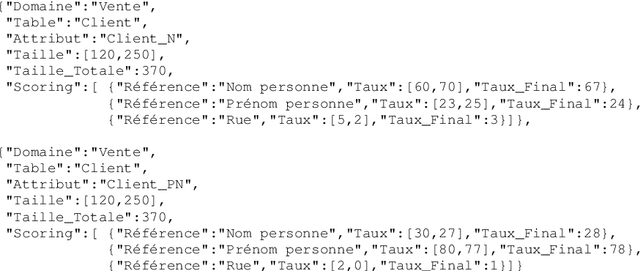
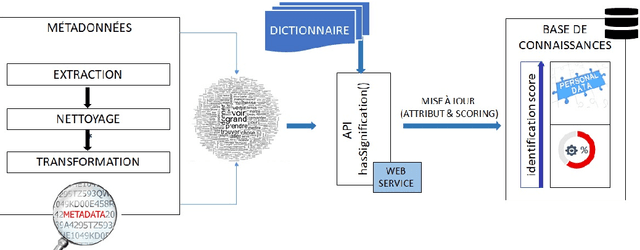
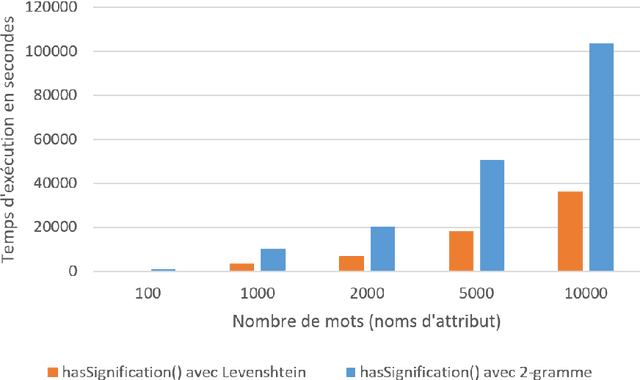
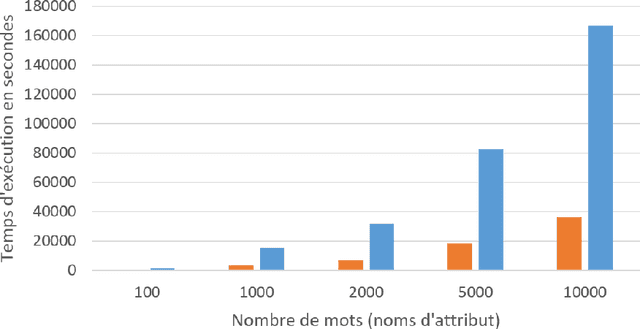
Abstract:Today with Big Data and data lakes, we are faced of a mass of data that is very difficult to manage it manually. The protection of personal data in this context requires an automatic analysis for data discovery. Storing the names of attributes already analyzed in a knowledge base could optimize this automatic discovery. To have a better knowledge base, we should not store any attributes whose name does not make sense. In this article, to check if the name of an attribute has a meaning, we propose a solution that calculate the distances between this name and the words in a dictionary. Our studies on the distance functions like N-Gram, Jaro-Winkler and Levenshtein show limits to set an acceptance threshold for an attribute in the knowledge base. In order to overcome these limitations, our solution aims to strengthen the score calculation by using an exponential function based on the longest sequence. In addition, a double scan in dictionary is also proposed in order to process the attributes which have a compound name.
MotionInput v2.0 supporting DirectX: A modular library of open-source gesture-based machine learning and computer vision methods for interacting and controlling existing software with a webcam
Aug 10, 2021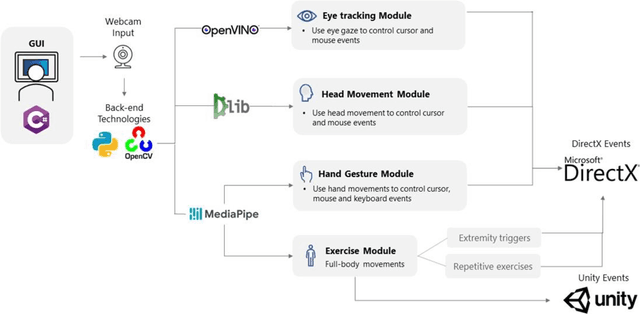
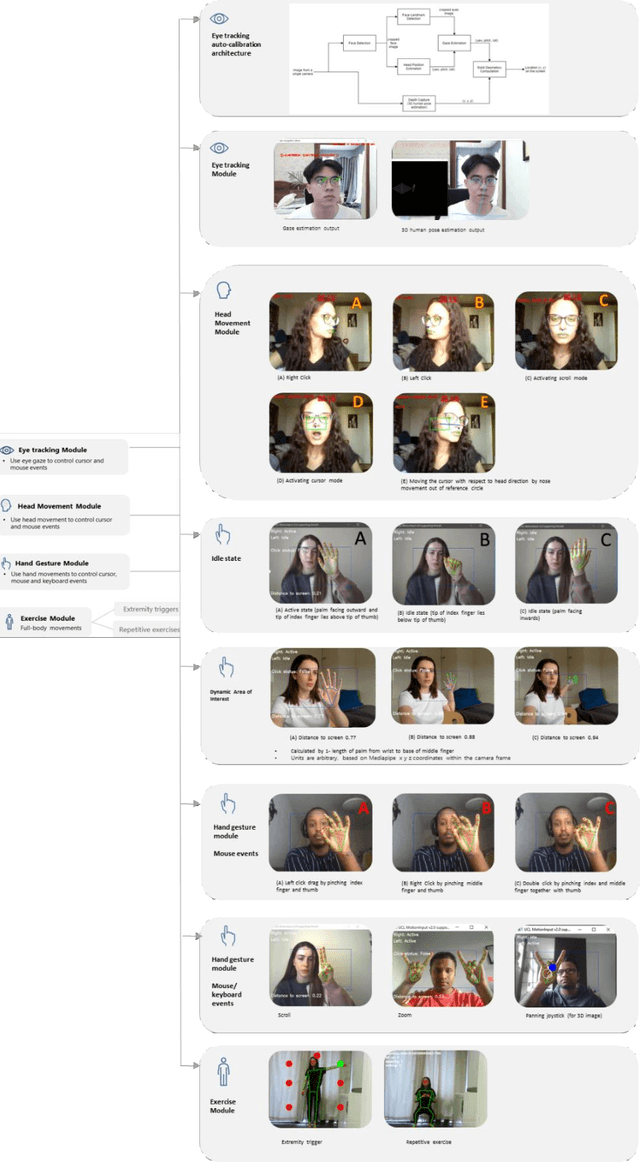
Abstract:Touchless computer interaction has become an important consideration during the COVID-19 pandemic period. Despite progress in machine learning and computer vision that allows for advanced gesture recognition, an integrated collection of such open-source methods and a user-customisable approach to utilising them in a low-cost solution for touchless interaction in existing software is still missing. In this paper, we introduce the MotionInput v2.0 application. This application utilises published open-source libraries and additional gesture definitions developed to take the video stream from a standard RGB webcam as input. It then maps human motion gestures to input operations for existing applications and games. The user can choose their own preferred way of interacting from a series of motion types, including single and bi-modal hand gesturing, full-body repetitive or extremities-based exercises, head and facial movements, eye tracking, and combinations of the above. We also introduce a series of bespoke gesture recognition classifications as DirectInput triggers, including gestures for idle states, auto calibration, depth capture from a 2D RGB webcam stream and tracking of facial motions such as mouth motions, winking, and head direction with rotation. Three use case areas assisted the development of the modules: creativity software, office and clinical software, and gaming software. A collection of open-source libraries has been integrated and provide a layer of modular gesture mapping on top of existing mouse and keyboard controls in Windows via DirectX. With ease of access to webcams integrated into most laptops and desktop computers, touchless computing becomes more available with MotionInput v2.0, in a federated and locally processed method.
A Hierarchical Approach to Multi-Energy Demand Response: From Electricity to Multi-Energy Applications
May 05, 2020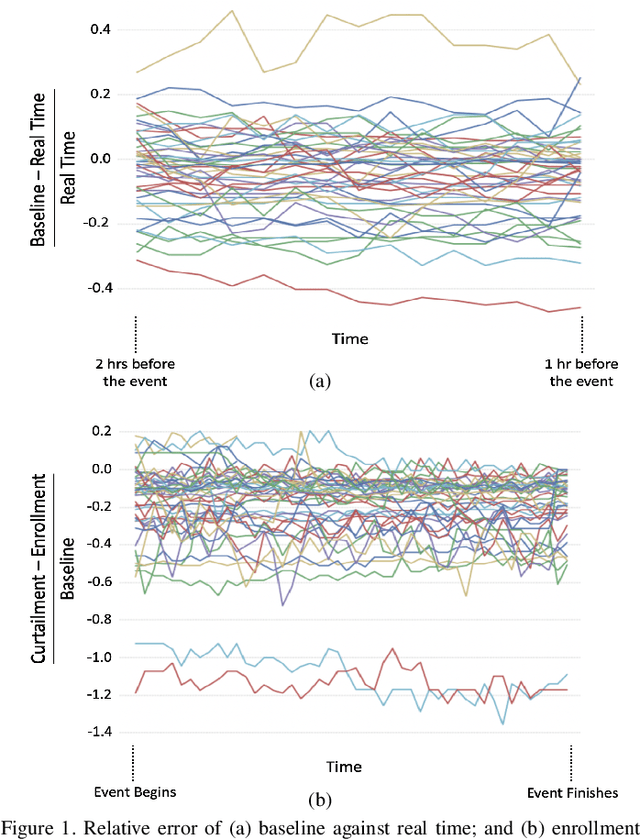
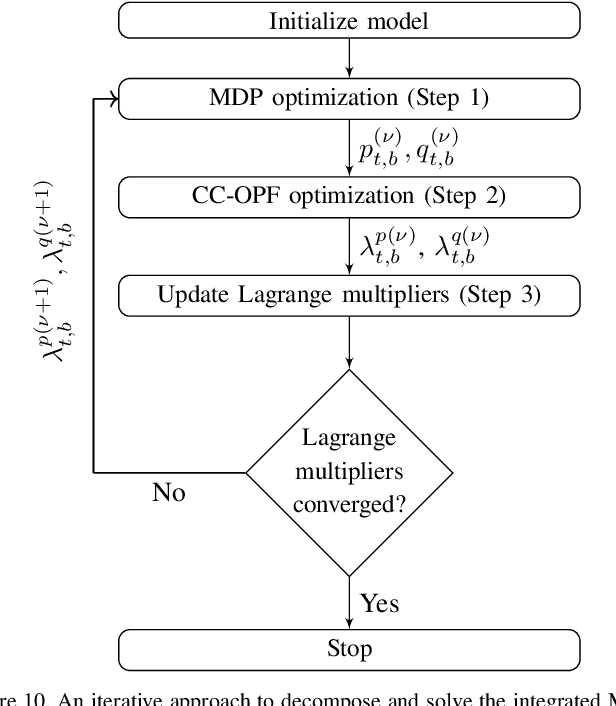
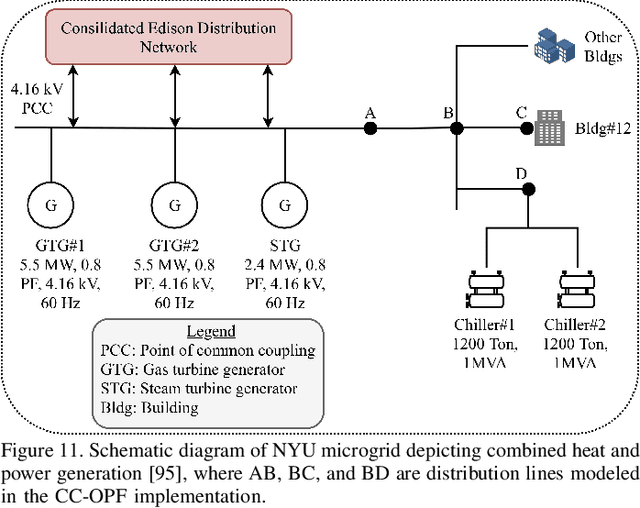
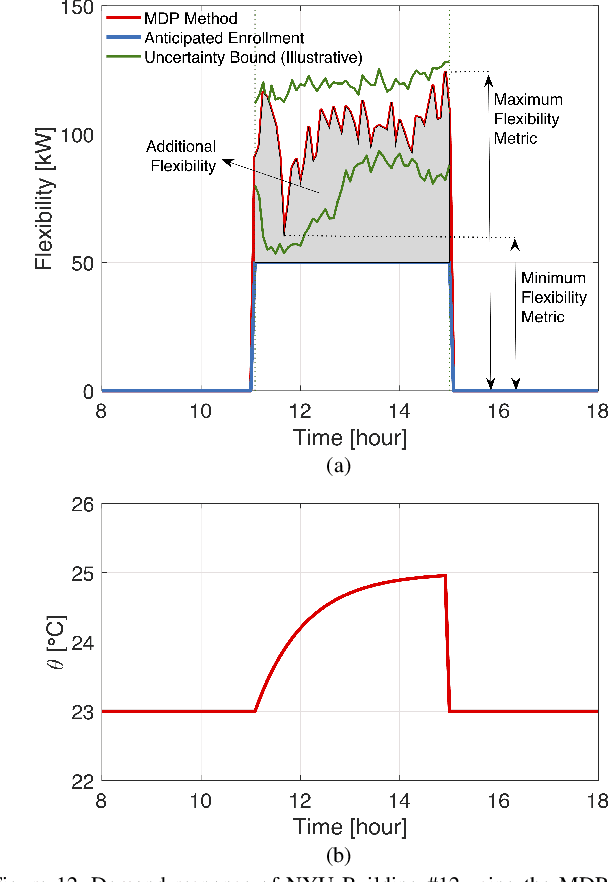
Abstract:Due to proliferation of energy efficiency measures and availability of the renewable energy resources, traditional energy infrastructure systems (electricity, heat, gas) can no longer be operated in a centralized manner under the assumption that consumer behavior is inflexible, i.e. cannot be adjusted in return for an adequate incentive. To allow for a less centralized operating paradigm, consumer-end perspective and abilities should be integrated in current dispatch practices and accounted for in switching between different energy sources not only at the system but also at the individual consumer level. Since consumers are confined within different built environments, this paper looks into an opportunity to control energy consumption of an aggregation of many residential, commercial and industrial consumers, into an ensemble. This ensemble control becomes a modern demand response contributor to the set of modeling tools for multi-energy infrastructure systems.
Data-Driven Learning and Load Ensemble Control
Apr 20, 2020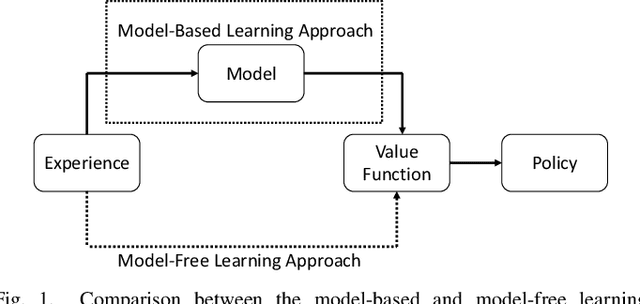
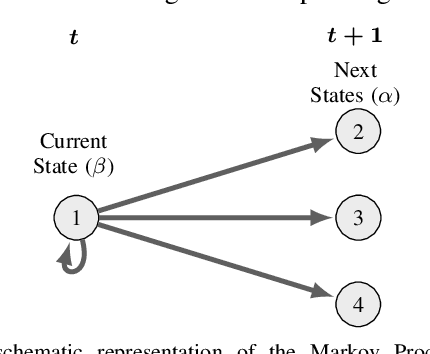
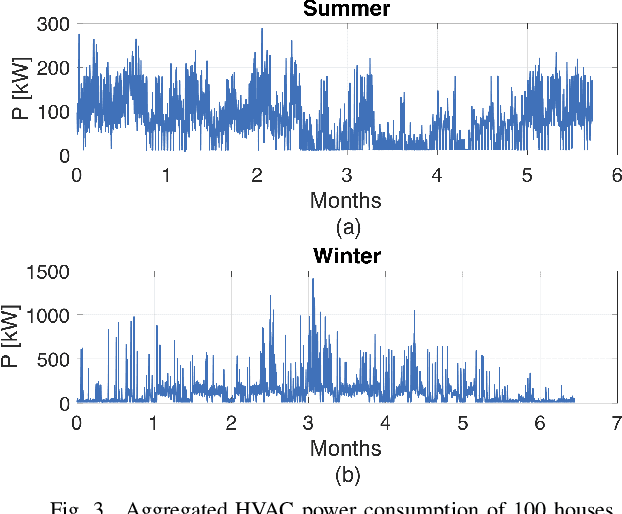
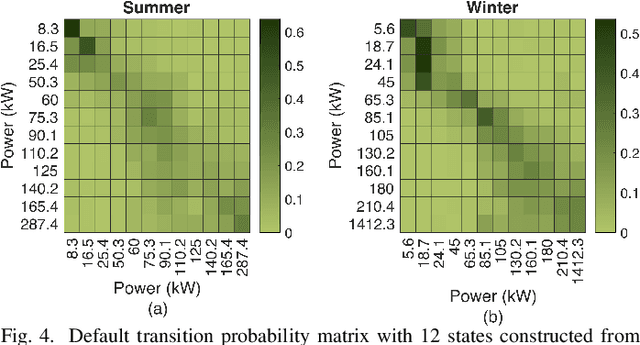
Abstract:Demand response (DR) programs aim to engage distributed small-scale flexible loads, such as thermostatically controllable loads (TCLs), to provide various grid support services. Linearly Solvable Markov Decision Process (LS-MDP), a variant of the traditional MDP, is used to model aggregated TCLs. Then, a model-free reinforcement learning technique called Z-learning is applied to learn the value function and derive the optimal policy for the DR aggregator to control TCLs. The learning process is robust against uncertainty that arises from estimating the passive dynamics of the aggregated TCLs. The efficiency of this data-driven learning is demonstrated through simulations on Heating, Cooling & Ventilation (HVAC) units in a testbed neighborhood of residential houses.
 Add to Chrome
Add to Chrome Add to Firefox
Add to Firefox Add to Edge
Add to Edge